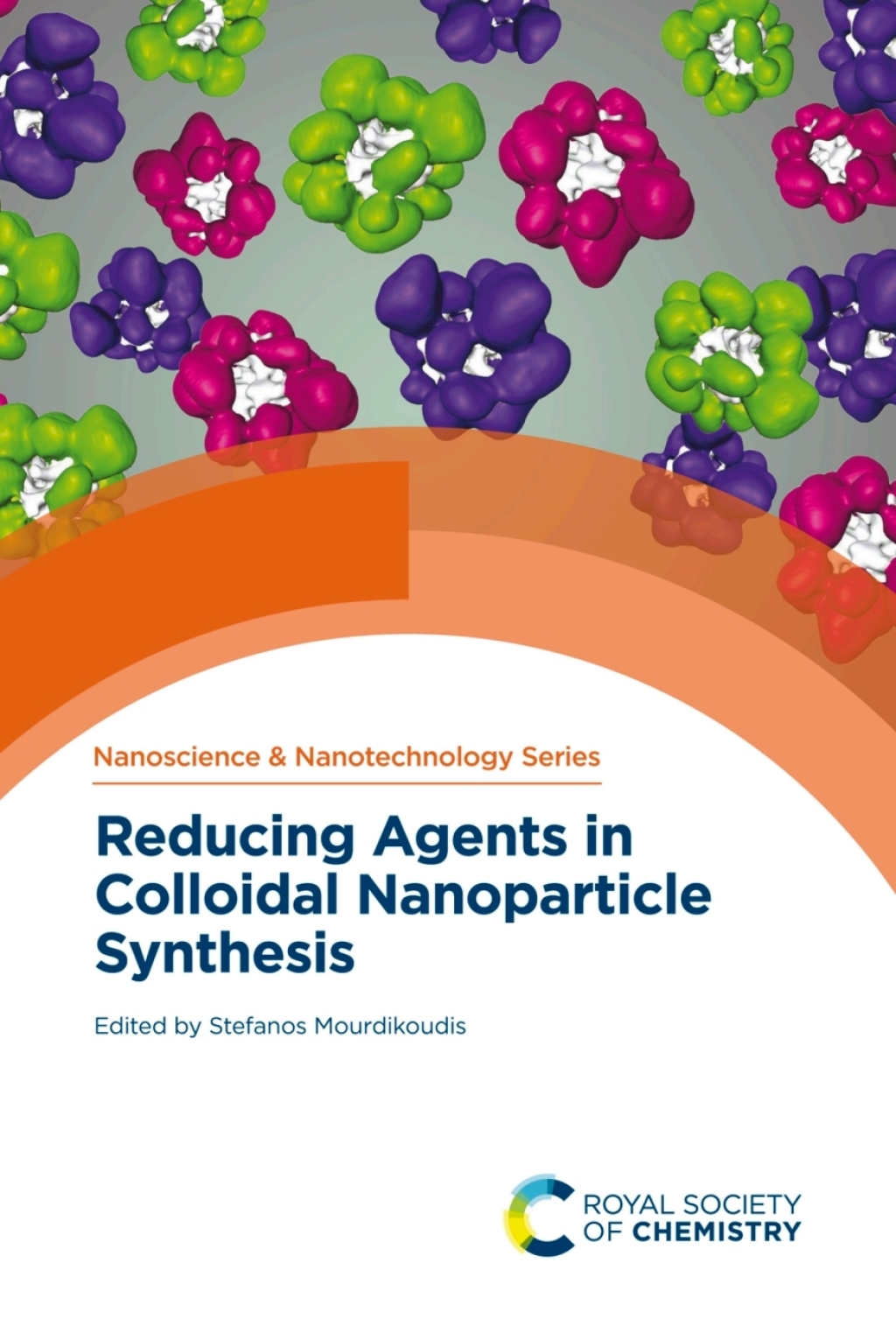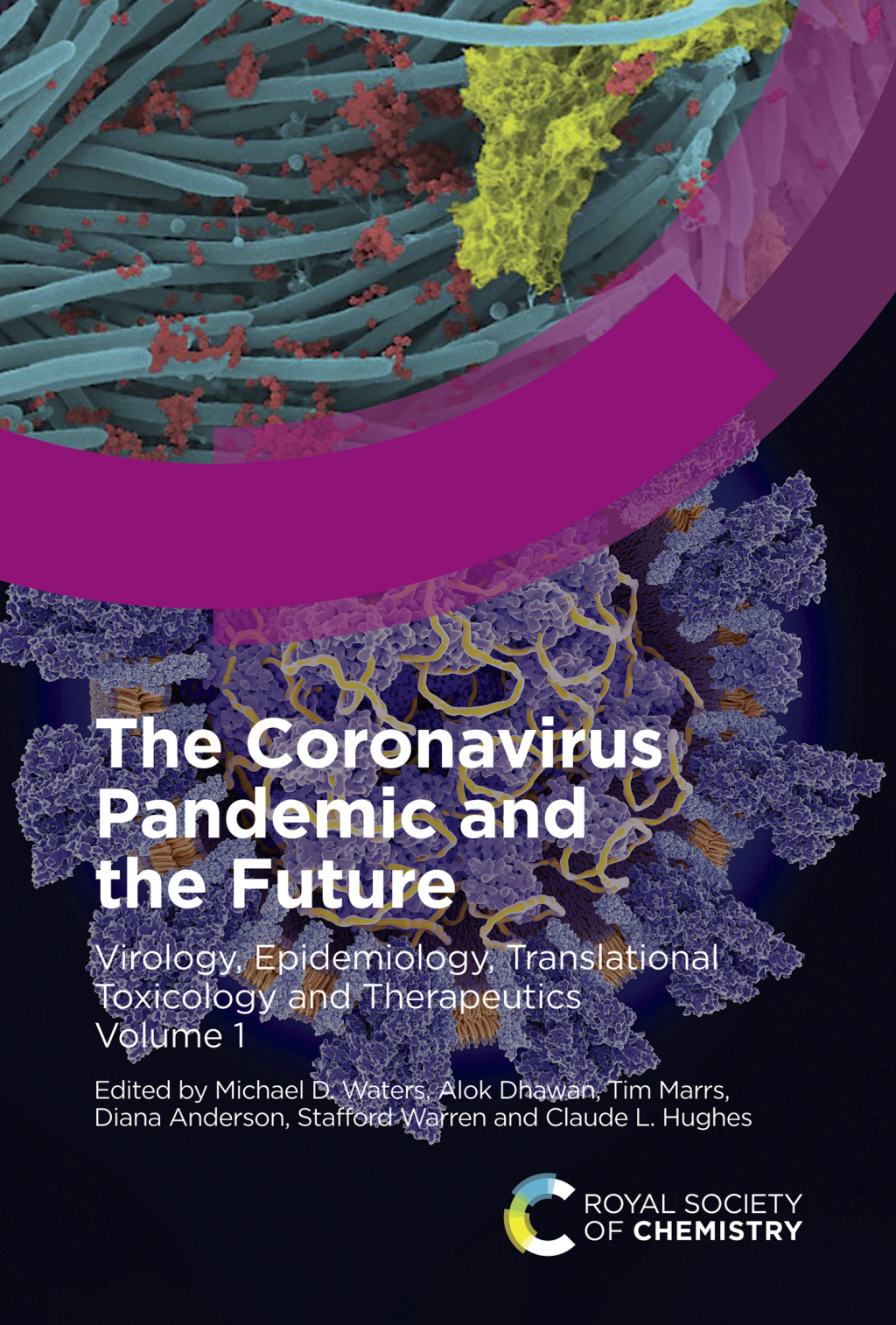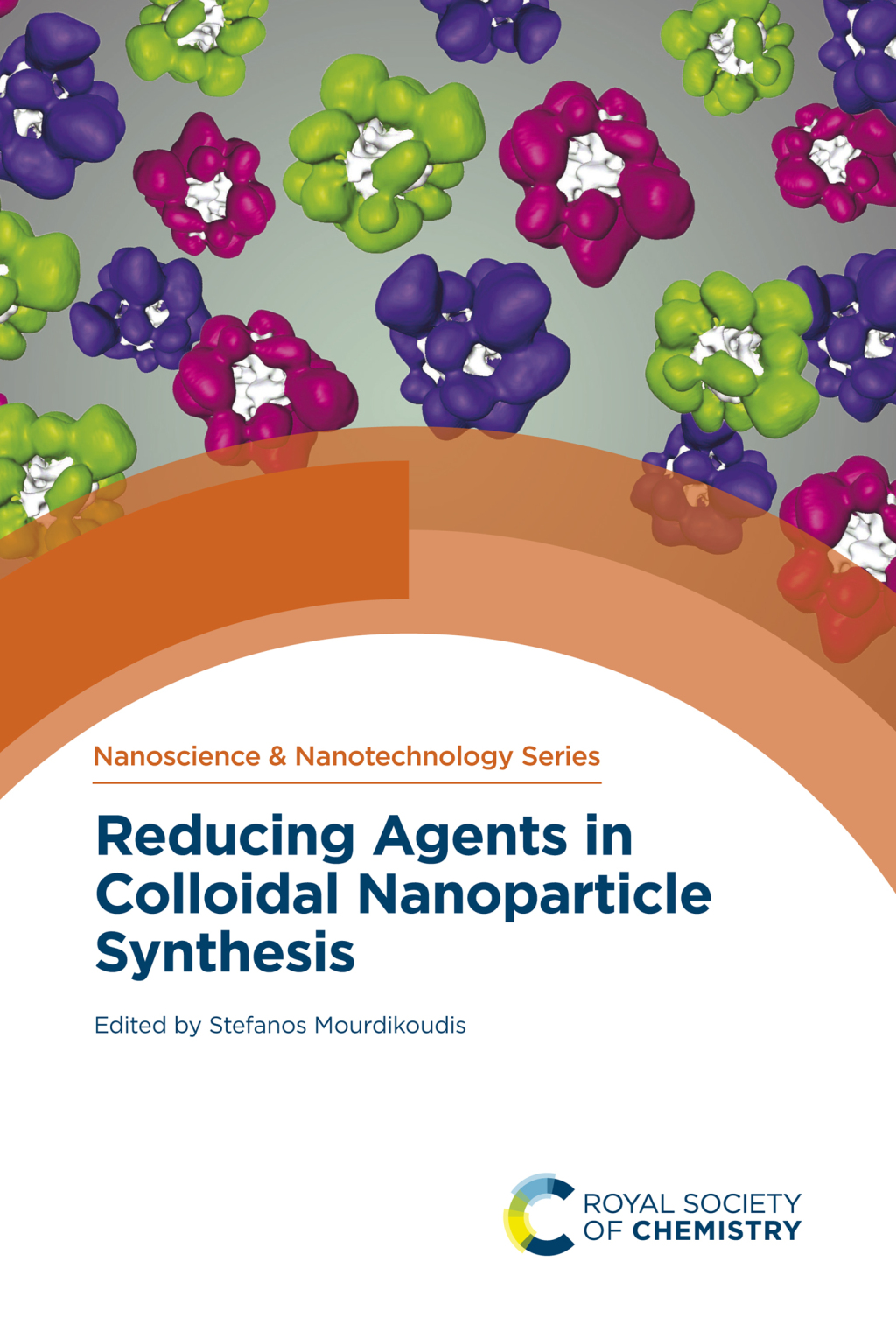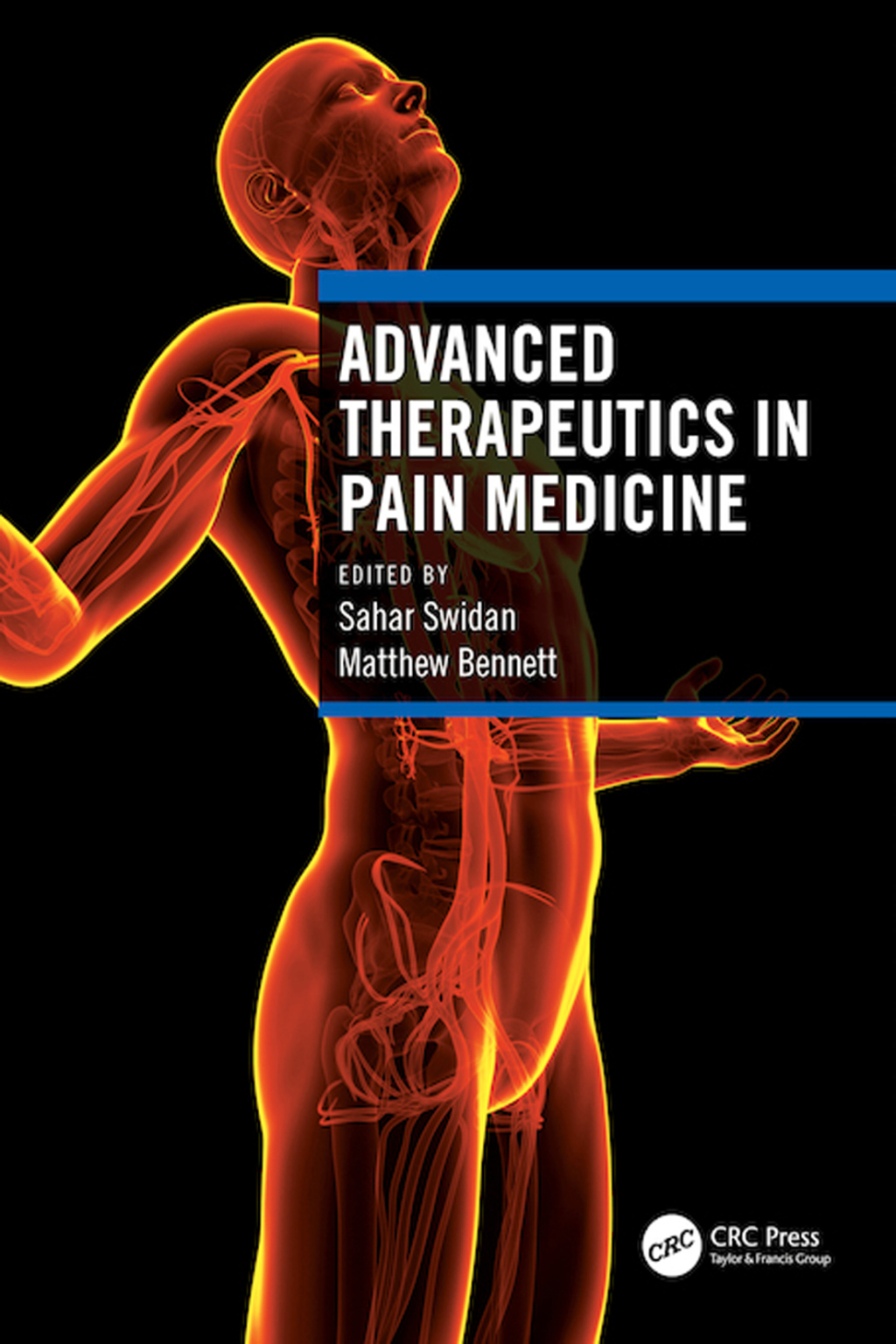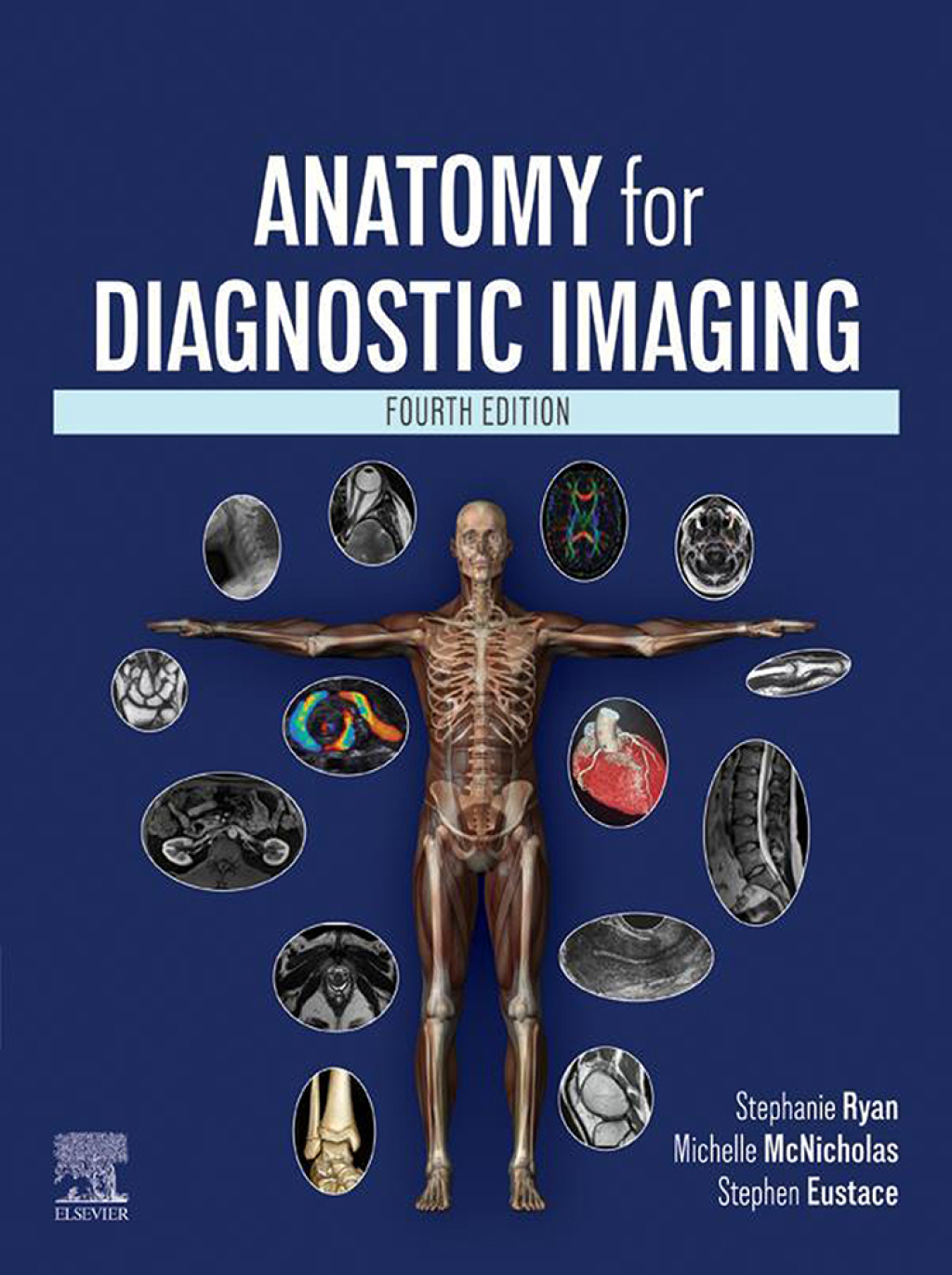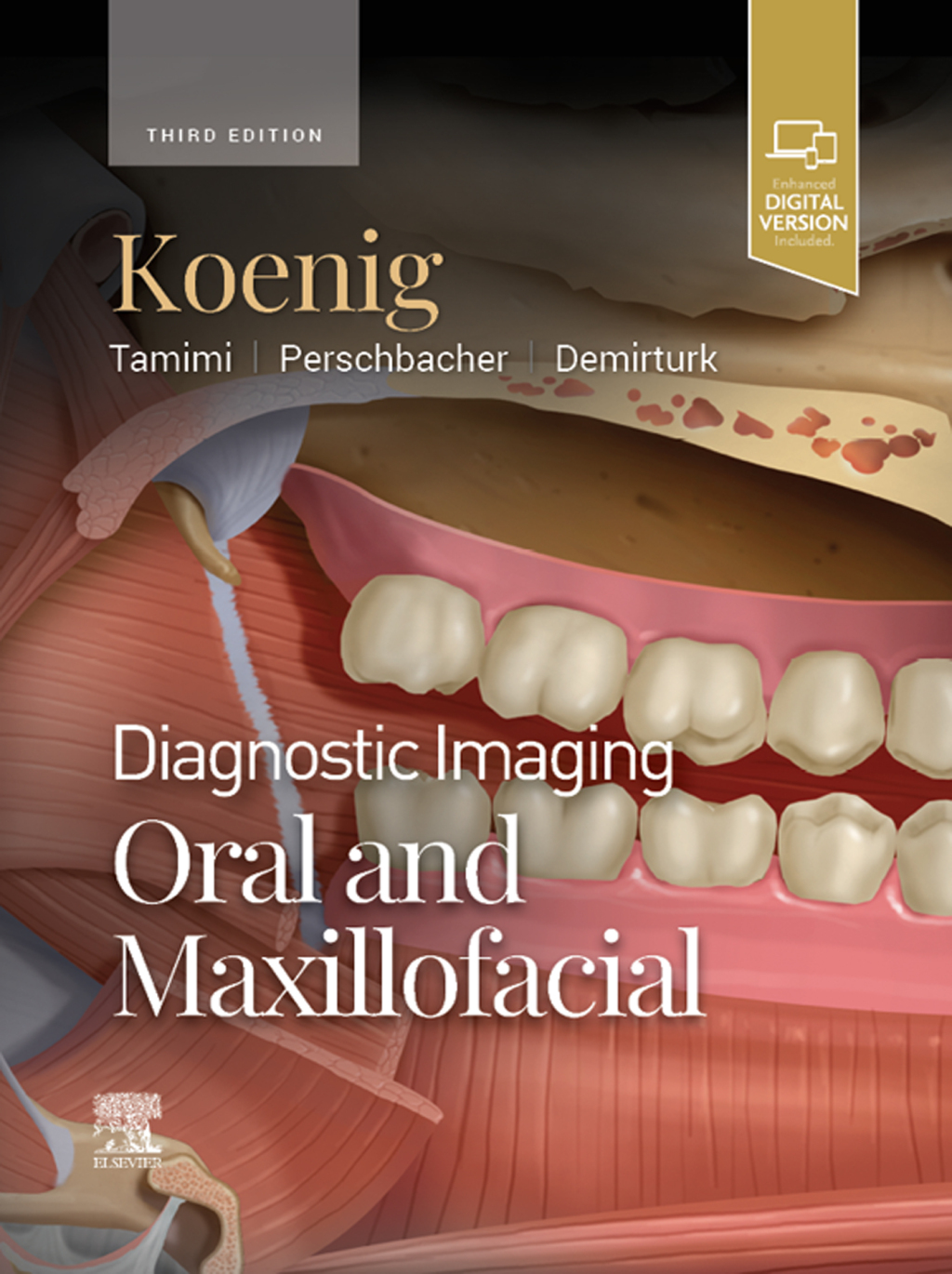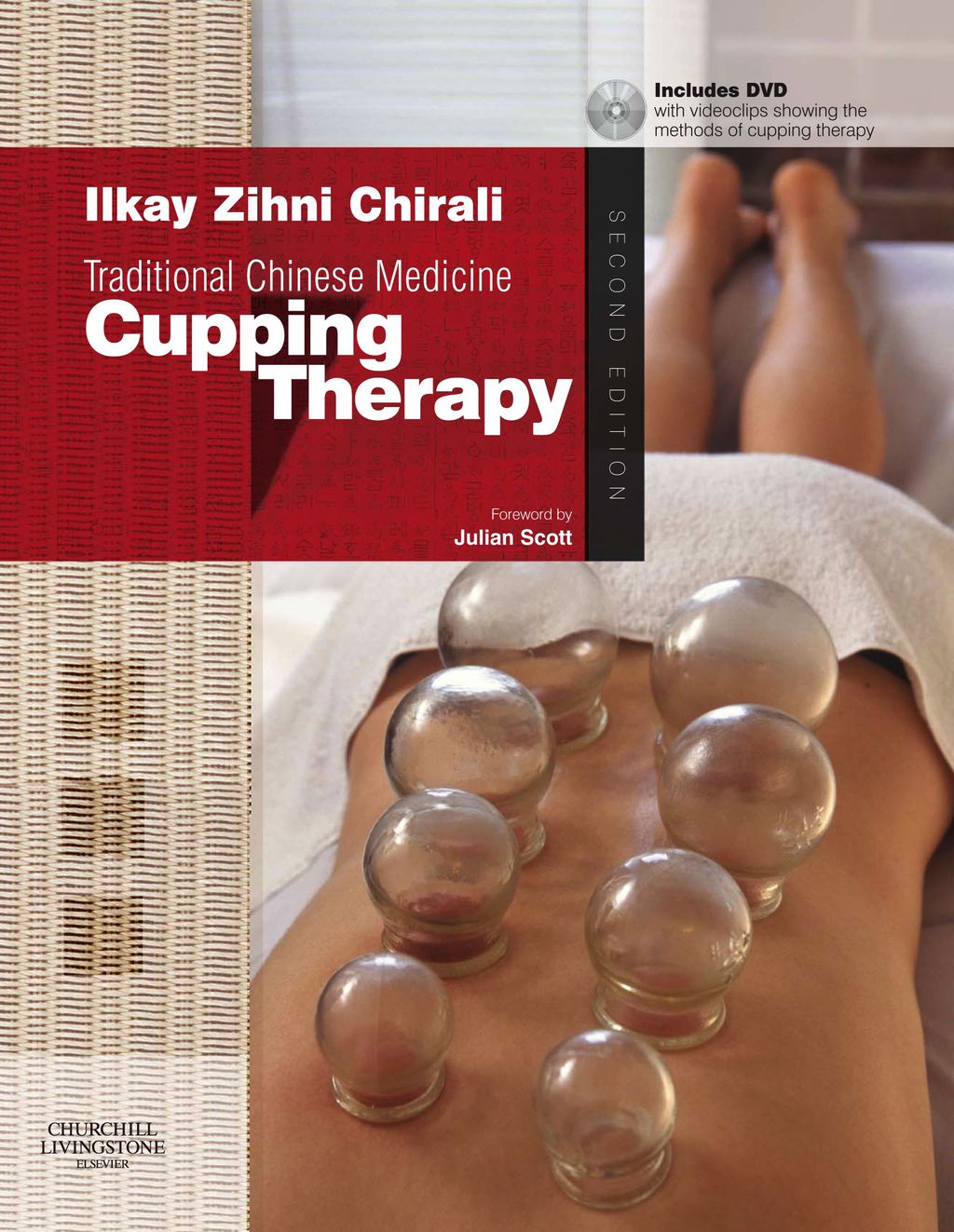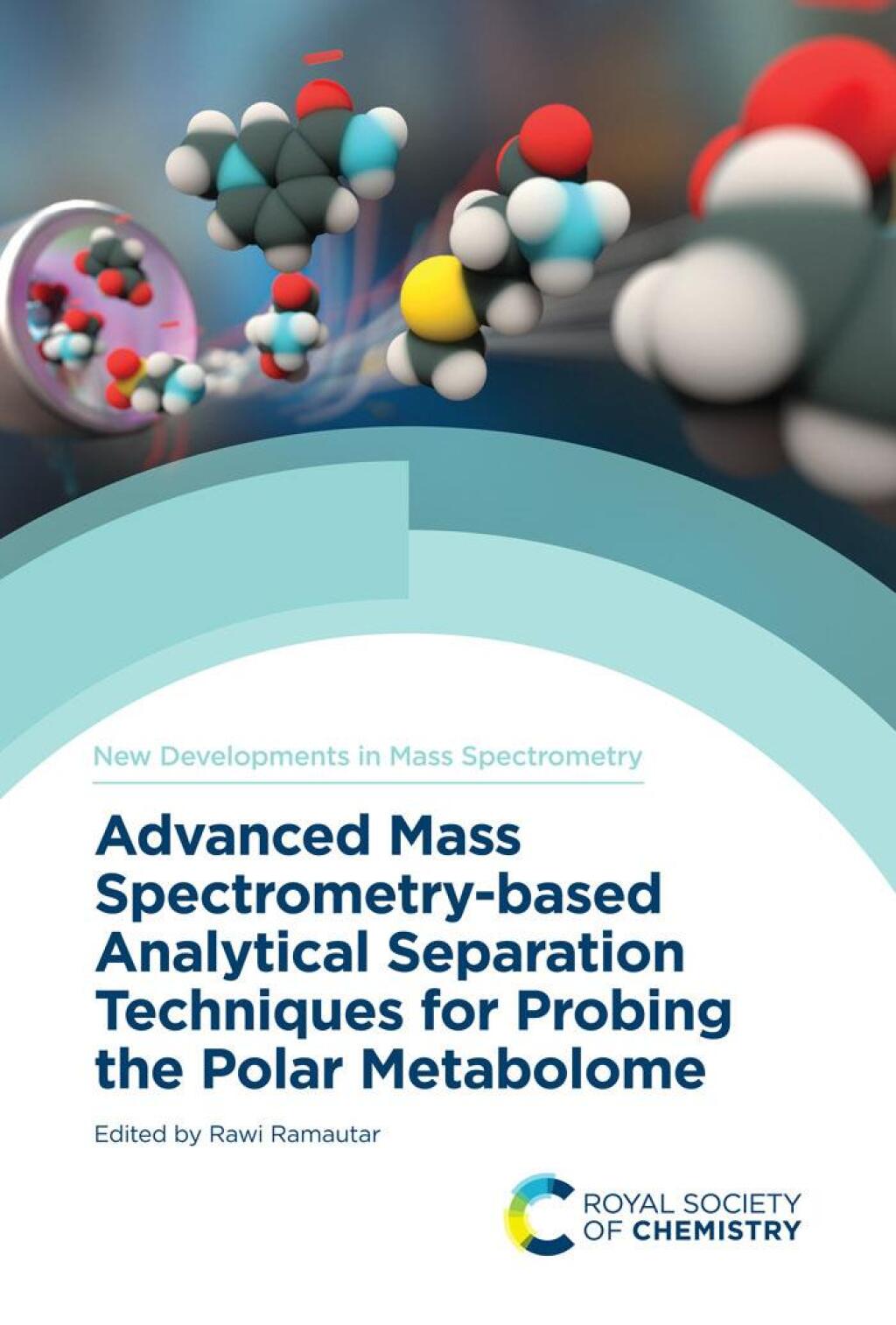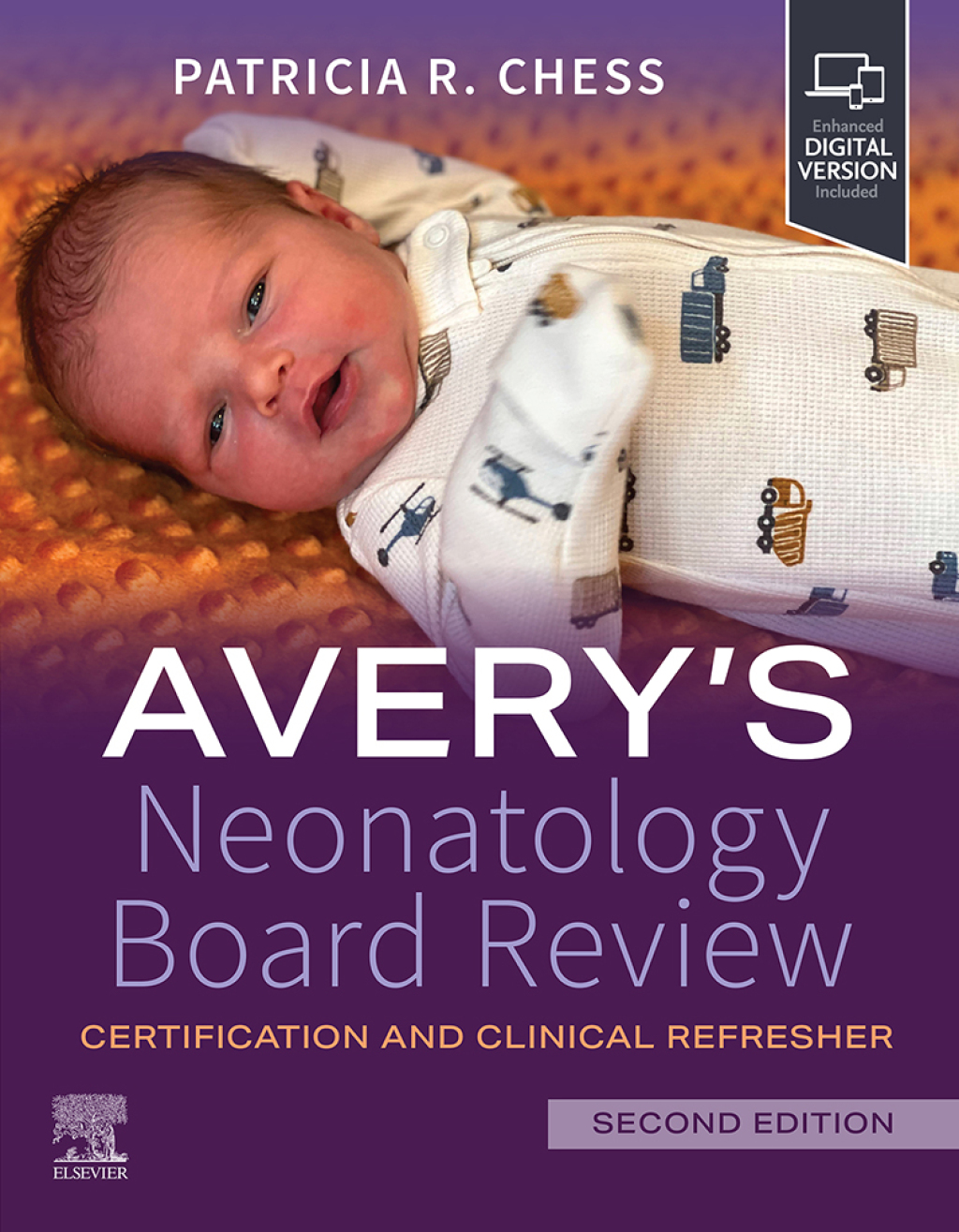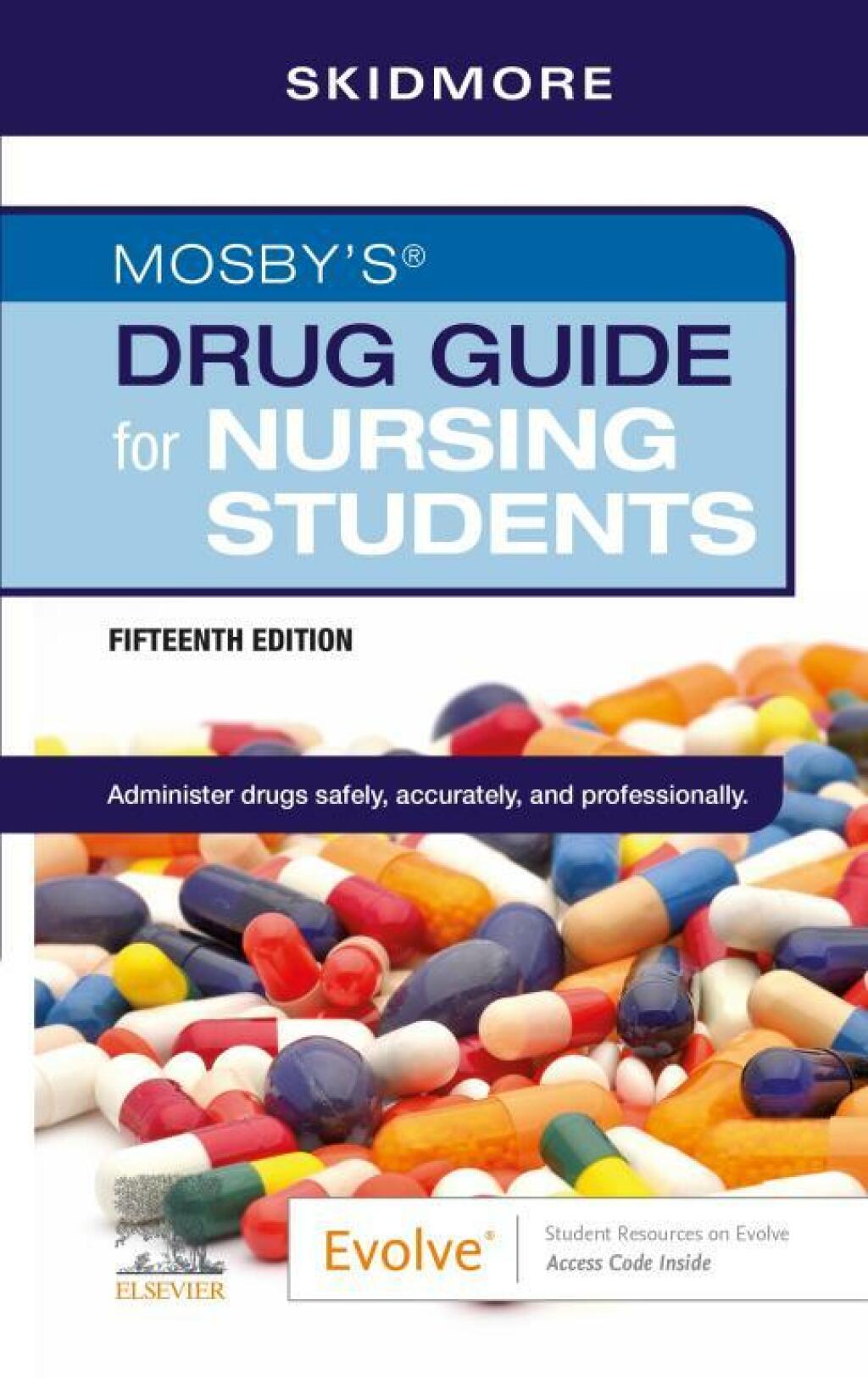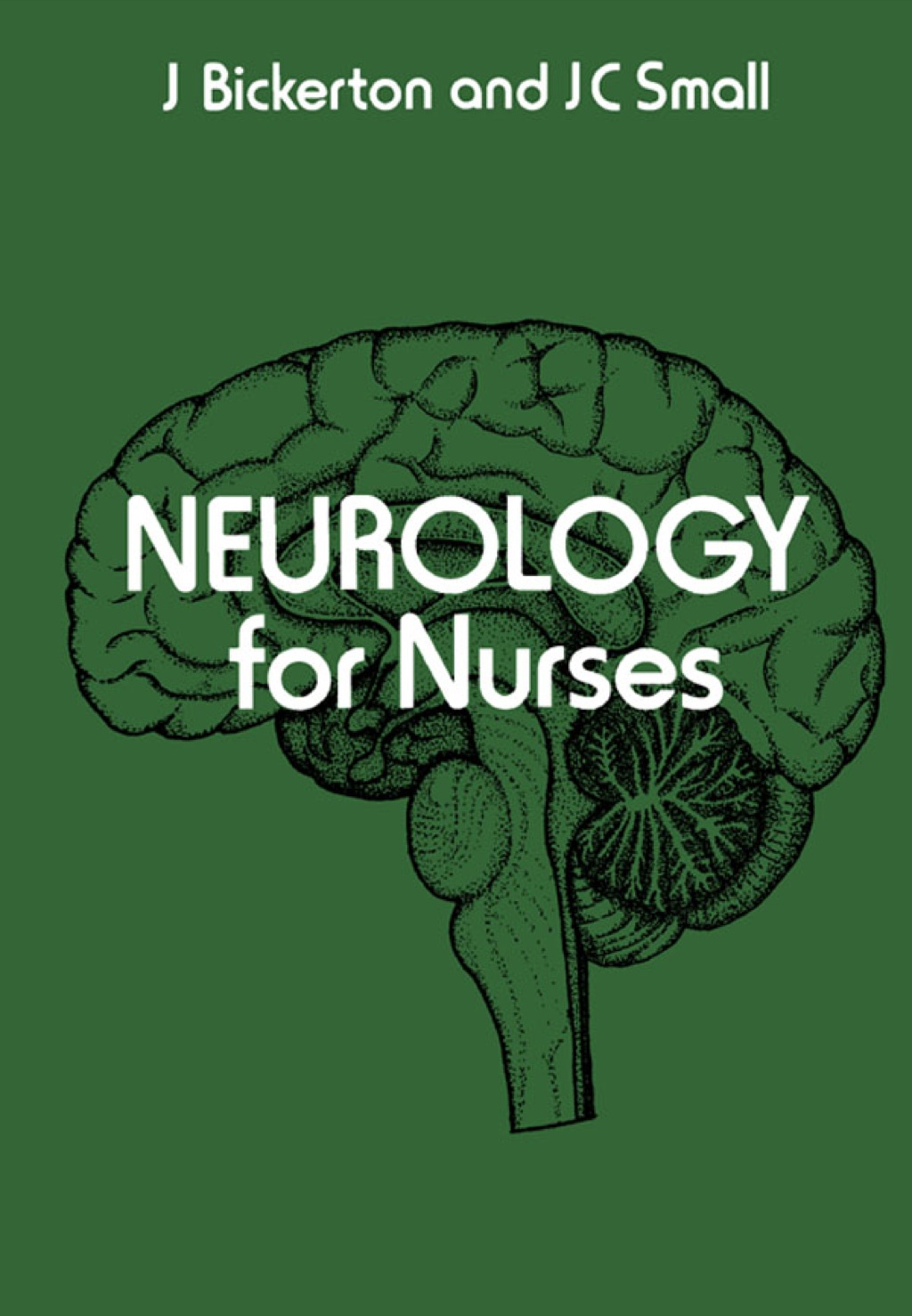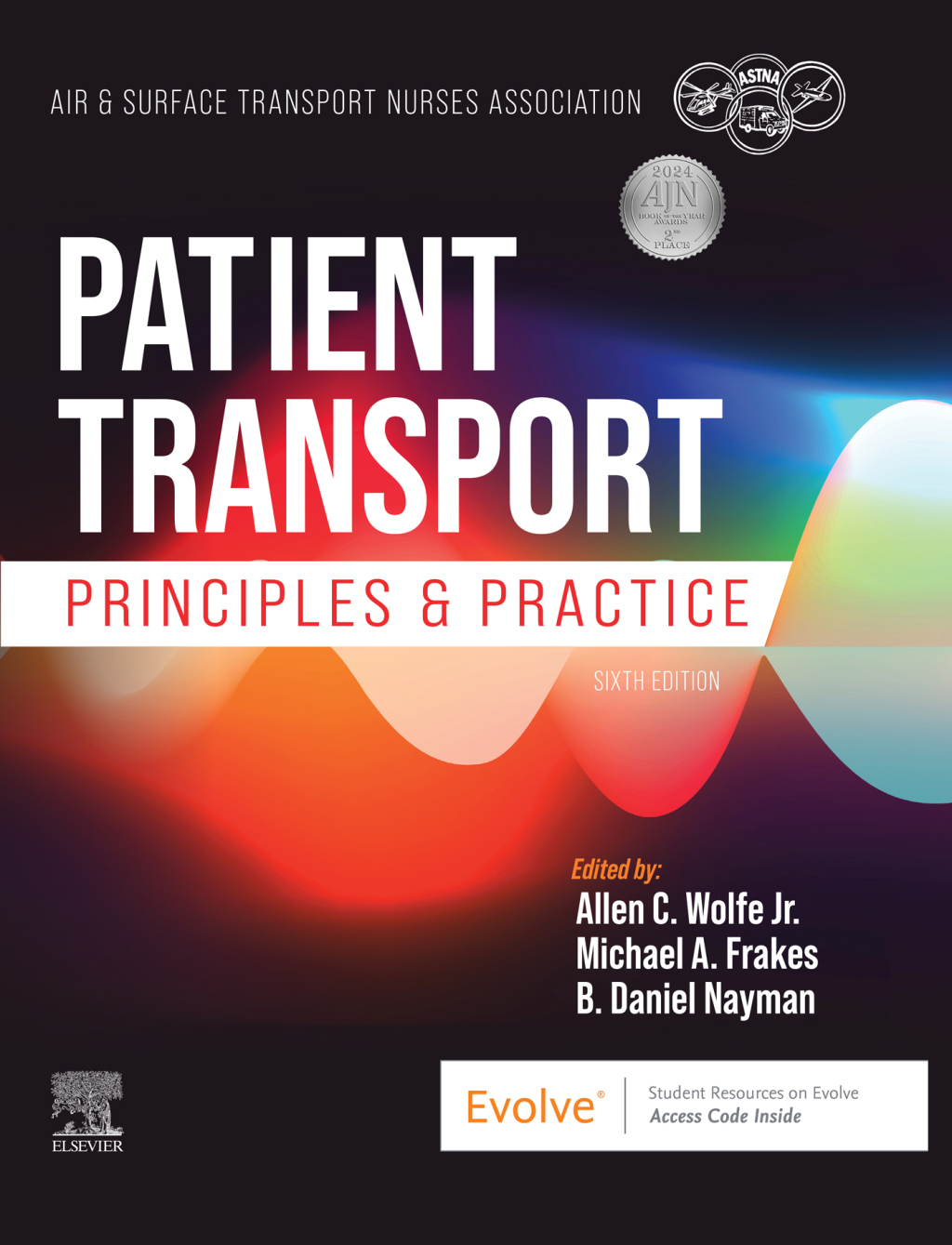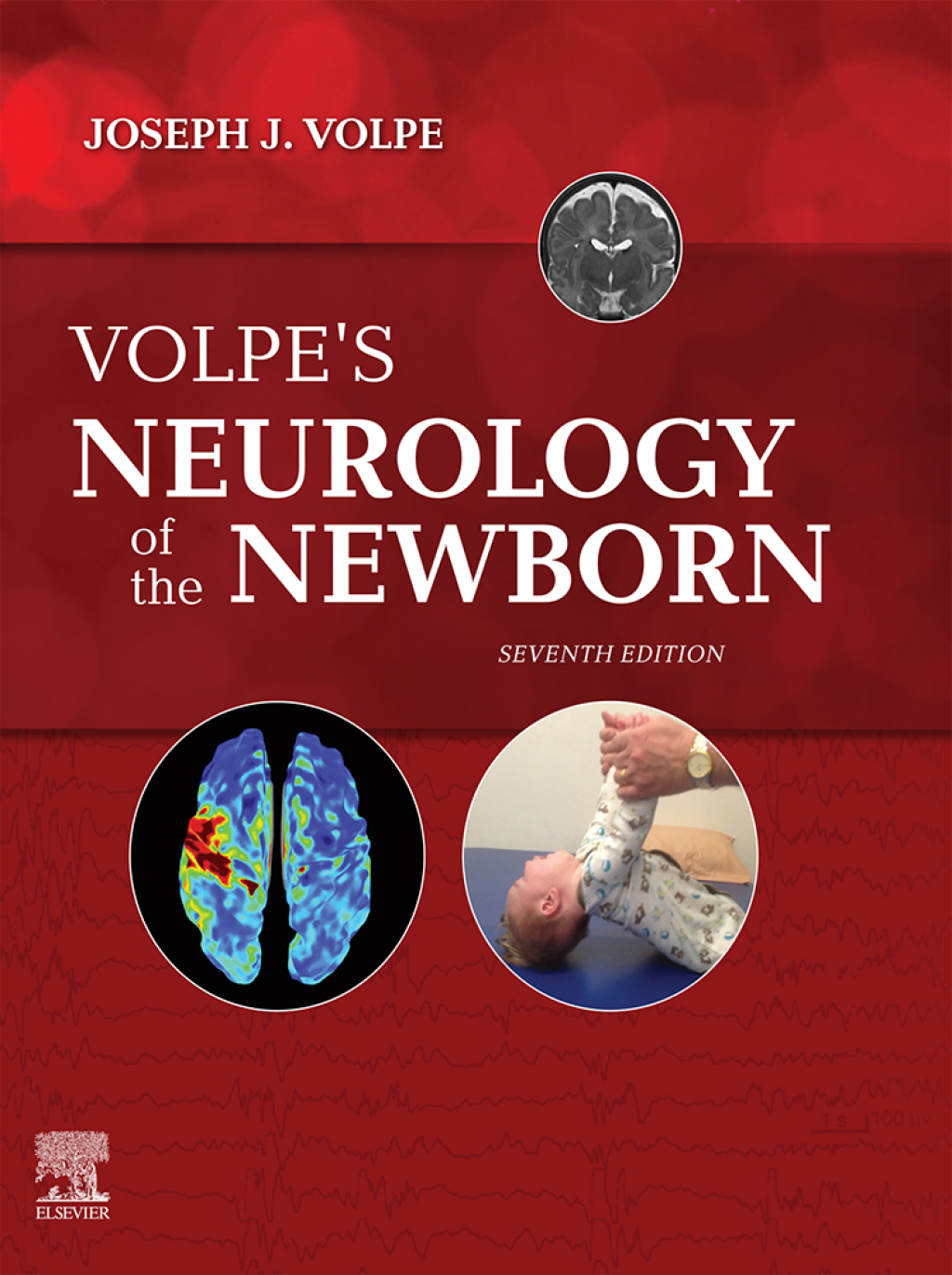Reducing Agents in Colloidal Nanoparticle Synthesis 1st Edition
Author(s):
Publisher: Royal Society of Chemistry
ISBN: 9781839163623
Edition: 1st Edition
$39,99
Delivery: This can be downloaded Immediately after purchasing.
Version: Only PDF Version.
Compatible Devices: Can be read on any device (Kindle, NOOK, Android/IOS devices, Windows, MAC)
Quality: High Quality. No missing contents. Printable
Recommended Software: Check here
Important: No Access Code
Description
Nanoparticles can be synthesised via a number of methods, including chemical vapor deposition, ball milling, laser ablation, thermal decomposition and chemical reduction. Chemical reduction is usua…
Related products
Reducing Agents in Colloidal Nanoparticle Synthesis 1st Edition
Author(s):
Publisher: Royal Society of Chemistry
ISBN: 9781839161650
Edition: 1st Edition
$39,99
Delivery: This can be downloaded Immediately after purchasing.
Version: Only PDF Version.
Compatible Devices: Can be read on any device (Kindle, NOOK, Android/IOS devices, Windows, MAC)
Quality: High Quality. No missing contents. Printable
Recommended Software: Check here
Important: No Access Code
Description
Nanoparticles can be synthesised via a number of methods, including chemical vapor deposition, ball milling, laser ablation, thermal decomposition and chemical reduction. Chemical reduction is usually preferred, due to its ease and cost-effectiveness. There are several types of compound used as reducing agents in nanoparticle synthesis, and one recent development is the use of biological entities as environmentally friendly reductants. This book will highlight the role of reducing agents in the chemical synthesis of nanoparticle systems, presenting the main categories of reducing agents, which vary on reactivity, selectivity, availability and toxicity. It will provide a comprehensive presentation of both modern and more conventional types of reagents. Emphasis will be given on the presentation not only of the functionality, but also of all the different advantages and limitations of each kind of reducing agent. With contributions from global experts, this title will be appropriate for graduate students and researchers in nanochemistry, colloidal synthesis, inorganic chemistry, organometallic chemistry, chemical engineering, physical chemistry, materials science, biology and physics.

